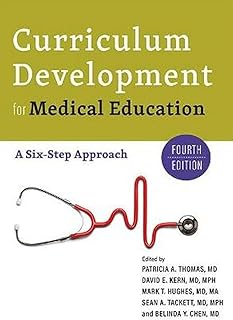In the realm of medical education, the quest for optimal teaching methodologies that enhance learning outcomes while ensuring cost-effectiveness is ongoing. One such method, Team-Based Learning (TBL), has emerged as a learner-centered approach aimed at fostering collaboration, discussion, and communication among students. By dividing large groups into smaller teams, TBL promotes active engagement and peer feedback, addressing the challenges associated with traditional teaching methods. TBL has gained popularity in various health professions’ educational settings globally, including schools of medicine, nursing, dentistry, and pharmacy.
The landscape of medical education is evolving against a backdrop of limited financial resources and increasing demands for accountability in resource allocation. As healthcare systems worldwide face resource constraints, the need for efficient and effective educational methodologies becomes paramount. Transparent cost analysis is essential to ensure sustainability and effectiveness in medical education, fostering trust and garnering public support for funding initiatives.
In a recent study comparing the cost-effectiveness of TBL versus traditional small group interactive learning (SIL) in undergraduate medical education, the implementation costs of TBL were found to be higher primarily due to faculty training expenses during the initial phase. However, recurring costs for delivering TBL were also elevated, mainly attributed to the use of technological platforms like InteDashboard™. Despite these higher costs, a sensitivity analysis revealed that adopting analog tools and increasing the student-to-teacher ratio could significantly reduce TBL costs, making it more comparable to SIL.
While the faculty time allocation differed between TBL and SIL, faculty development emerged as a crucial component during the implementation of new teaching methods. The study emphasized the importance of strategic implementation and cost mitigation strategies to optimize the cost-effectiveness of TBL. Factors such as room costs, faculty salaries, and technology expenses played a significant role in determining the overall cost implications of TBL implementation.
The study highlighted the need for institutions to balance pedagogical effectiveness with financial sustainability when choosing between TBL and SIL. While TBL may incur higher upfront and recurring costs, the qualitative benefits associated with this method cannot be overlooked. The structured approach of TBL in fostering teamwork, communication, problem-solving, and knowledge application offers unique advantages that institutions must consider when making informed decisions about teaching methodologies.
As the educational landscape continues to evolve, comprehensive cost analyses become instrumental in guiding educational and policy decisions in medical education. Future research should focus on direct comparisons of TBL and SIL within similar institutional settings, considering student outcomes, faculty workload, and long-term financial sustainability. By shedding light on the cost implications of different teaching methodologies, studies like these pave the way for optimizing teaching strategies in medical education to ensure both educational excellence and financial prudence.
📰 Related Articles
- Study Reveals VR Enhances Medical Students’ Infection Control Education
- Study Reveals Benefits of E-Learning in Medical Education
- Online Learning Platforms Enhance Medical Education: Study Insights
- Study Reveals Learning Management Systems Increase Teacher Burnout
- Study Reveals Factors Influencing Student Engagement with Learning Systems






